A tribute paid to this personality by the Painter of Montmartre, whose art is close to that of Maurice Utrillo Elisée Maclet.
The work, an oil on wooden panel, is in its good original condition, it is offered in a pretty Montparnasse frame in carved, gilded wood which measures 57 cm by 65 cm, and 38 cm by 46 cm for the panel alone .
The work is signed lower left, countersigned, titled and located on the back.
As a child, Élisée Maclet rubbed shoulders with priest Deleval, a watercolorist in his spare time, who gave him his first box of colors.
The story goes that Puvis de Chavannes came across the abbot and Maclet in the countryside. The master would have stopped in front of the child's sketches and suggested that he move on to painting, ready to take him for training. But his father refused, arguing that his son was destined to be a gardener and not a painter.
In 1906, he left Picardy for the first time to join Paris and Montmartre. He then stayed at the Hôtel Fleuri, rue de Chartres. He made his debut there by modestly painting iron beds at Favart, rue Saint-Germain, without having the pretension of young painters eager to gain glory. Then he worked as a decorator at the Moulin Rouge.
Maclet carried out a number of small jobs, testimony to his modest personality, contrasting this character trait with many of his painter colleagues and friends.
At this time he was the first to paint Montmartre with techniques other than impressionism, inventing a style which would inspire other painters who became more famous.
But at the beginning, he painted watercolors, the technique of his first teacher, Abbot Deleval. Then, he moved on to the brush before taking up the knife around 1909, a technique then almost abandoned and in which he excelled. He very quickly won his place: Disbourg, a Parisian retailer, was a loyal customer. He was trained by a friend of Maurice Utrillo, Georges Tiret-Bognet (1855-1935) at Au Lapin Agile, a cabaret on the Butte Montmartre, where he frequented or met Utrillo, Max Jacob, Pablo Picasso, Guillaume Apollinaire. He sells his paintings there to regulars: Roland Dorgelès, Pierre Mac Orlan, Georges Auriol.
His style is already very personal, in his image, marked by simplicity. The colors appear expressively, and he paints the old village of Montmartre, the Parisian suburbs and bouquets of flowers.
He dates Max Jacob.
During the First World War, he was a nurse in a hospital run by nuns. Around 1916, he painted and then exhibited crinoline dolls at the Salon des humouristes which was held at the Galerie de la Boétie. He then returns to one of his favorite subjects: the old streets of Montmartre. His style asserted itself and he sold his paintings. He then had many clients and Paris art dealers did not hesitate to hang his works alongside those of his illustrious contemporaries. This period is considered to be when Maclet was at the height of his art.
Francis Carco (1886-1958) picks up Maclet at the restaurant Le Bouquet de Montmartre, at the corner of rue Joseph-de-Maistre and rue des Abbesses, and sends him to a house he rents in Dieppe. It was there, in 1918, that he discovered the sea and went to paint in Normandy. He returned to Paris the following year, Maclet was then considered as the new Utrillo, of whom he became a close friend and imitator. At Mathot, at the top of Rue des Martyrs, he met Knudsen, an antiques dealer on Avenue George-V who introduced him in 1923 to Baron Von Frey, a rich Austrian industrialist, who took Maclet under contract. His patron sent him to stay in the South of France to discover its colors, its landscapes and its light7. Maclet's paintings are then adorned with the density and brilliance of enamel7. An enlightened observer of the time will testify to him: “Since Van Gogh, I have never seen any painter use pure color as you do”. Freed from any material constraints, he is free to paint and can indulge in the exaltation of color. It was during this period, when painting allowed him to live with dignity, that he became friends with Lucien Genin (1894-1953), a young Norman painter, to whom he taught the profession, around 1920. They settled together at the Hôtel du Poirier, on the same landing, then in a shared apartment at 3bis, rue des Beaux-Arts above the bistro run by Malafosse.
His works express joy and he remained in the South of France from 1924 to 1928. At the end of 1928, he was in Corsica. Then in 1929-1930, he worked in Brittany where his painting lost the colorful expression that the South inspired in him. The baron reserved most of Maclet's works for himself, which he sent to wealthy collectors in the United States. He even has them included in many American and European museums.
In the midst of an economic crisis, badly misunderstood, he broke his contract with his Austrian patron. For Maclet, it was the beginning of a difficult period materially, and even emotionally. From August to December 1933, following behavioral and memory problems, he fell again into alcoholism, Maclet was interned at Sainte-Anne.
After 1935, the painter painted Paris again.
During the Second World War, in occupied Paris, Maclet symbolically painted the capital under the snow. After the war, the Norvins gallery organized an exhibition of his recent works under the title Autour du Moulin. André Warnod writes in the preface to the catalog about Maclet: “Under his brush, everything is organized miraculously, he places the characters where they are needed, in a happy picture expressing the joy of living”.
In 1957, the Nicolas Poussin gallery organized the artist's first retrospective under the direction of Marcel Guicheteau.
In February 1960, the Aymonier gallery exhibited 20th century painters. Maclet presents 72 works there. At the same time, he still lived in poverty on rue Marcadet with his wife Simone, while his popularity continued to rise and the owners of his paintings resold them to speculate.
Max Jacob described Maclet as an “artist who enjoys being taken for a peasant from the North”.
He died in Paris at the Lariboisière hospital on August 23, 1962.
Works in different Museums:
UNITED STATES
Detroit, Detroit Institute of Arts: A street in Paris.
Princeton, Princeton University Art Museum: Rue Soufflot.
France
Granville, Richard-Anacreon Museum of Modern Art: seven paintings.
Paris :
Montmartre museum.
National Museum of Modern Art: Small houses in winter.
Channel Islands
Saint-Pierre-Port, Victor Hugo Museum, Hauteville House: The Gentilly House in 1927
Swiss
Geneva, Petit Palais: Rue Mouffetard.
Personal exhibitions
1928: paintings by Élisée Maclet, Barreiro gallery, Paris.
1930: Élisée Maclet, P. Jackson Higgs gallery, New York, United States.
1945: Around the Windmill, Norvins gallery, Paris.
1957: Élisée Maclet, Nicolas Poussin gallery, Paris.
1960: Maclet, Paintings of the 20th century gallery, Paris.
1960: Maclet exhibition, Salon du Vendôme, Aix-en-Provence.
1961: Maclet, retrospective 1906-1945, Galerie Thibaut, New York, United States.
1963: Homage to Maclet, Paris gallery, Paris.
1963: Rerpectiva del Pintor E. Maclet, Galeria Arte Moderno, Caracas, Venezuela.
1967: Élisée Maclet, paintings and watercolors, Grasphisches Kabinett, Bremen, Germany.
1968: Élisée Maclet, Abelsg Cologneg gallery Germany.
1969: Maclet, Montmartre school, Vestart gallery, New York, United States.
1969: Maclet - Galeria Moderno, Caracas, Venezuela.
1977: Élisée Maclet - paintings, Saint-Augustin gallery, Paris.
2007: Élisée Maclet, Villain gallery, Paris.
Collective exhibitions
1936: Painters of Montmartre, La Fenêtre Ouvert gallery, Paris
1944: Some of the masters of our time, norvins gallery, Paris
1955: From Montmartre to Montparnasse, Pictorial Art gallery, Paris
1964: After Paris, Marie L. André gallery, Paris
1964: Known and unknown masters, Annecy castle-museum, Annecy
1965: Masters of yesterday and today, Latelie gallery, Paris
1968: F. Denos and his times, Maison des arts, Le Creusot
1969: Pintores Impresionistas y Post Imprésionistas, Arte Moderno gallery, Caracas
1971: Trees, Boissière gallery, Paris
1978: Painters of Paris, Saint-Augustin gallery, Paris
2014: Around the Bateau-Lavoir. Artists in Montmartre (1892-1930) linked to the Mediterranean, Regards de Provence museum, Marseille.














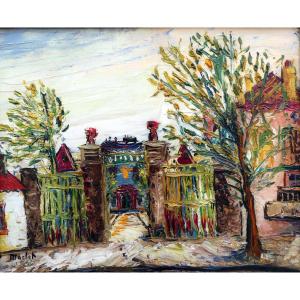














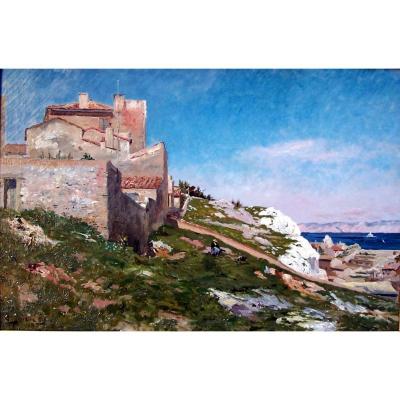
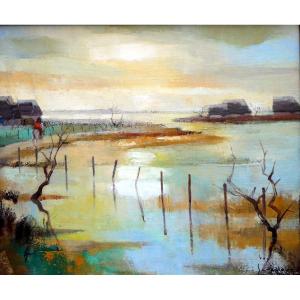





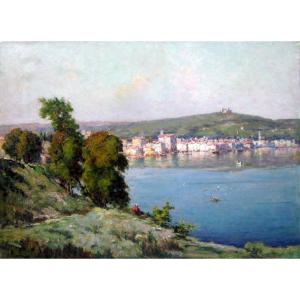
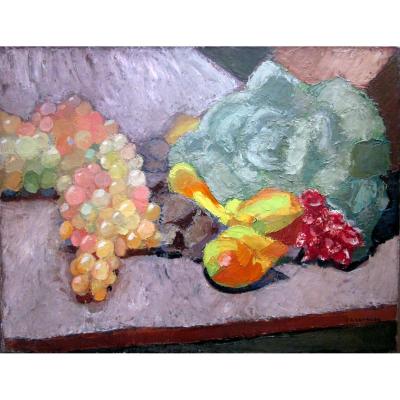
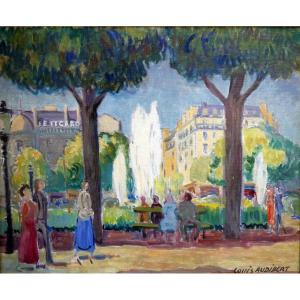

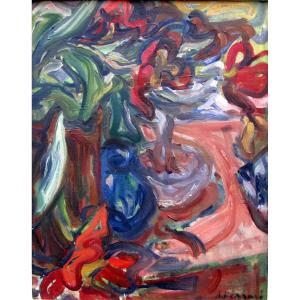
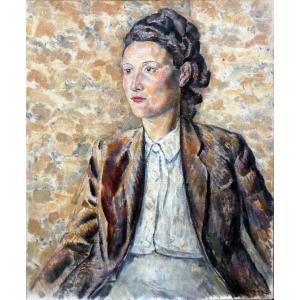
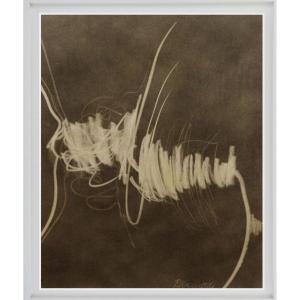


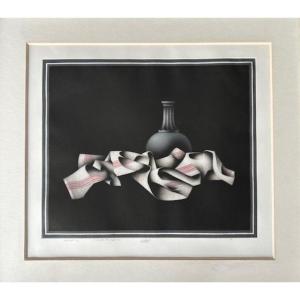
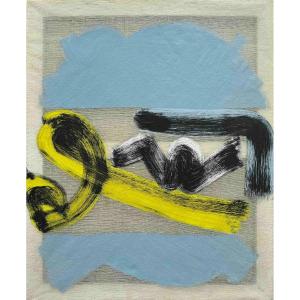



 Le Magazine de PROANTIC
Le Magazine de PROANTIC TRÉSORS Magazine
TRÉSORS Magazine Rivista Artiquariato
Rivista Artiquariato